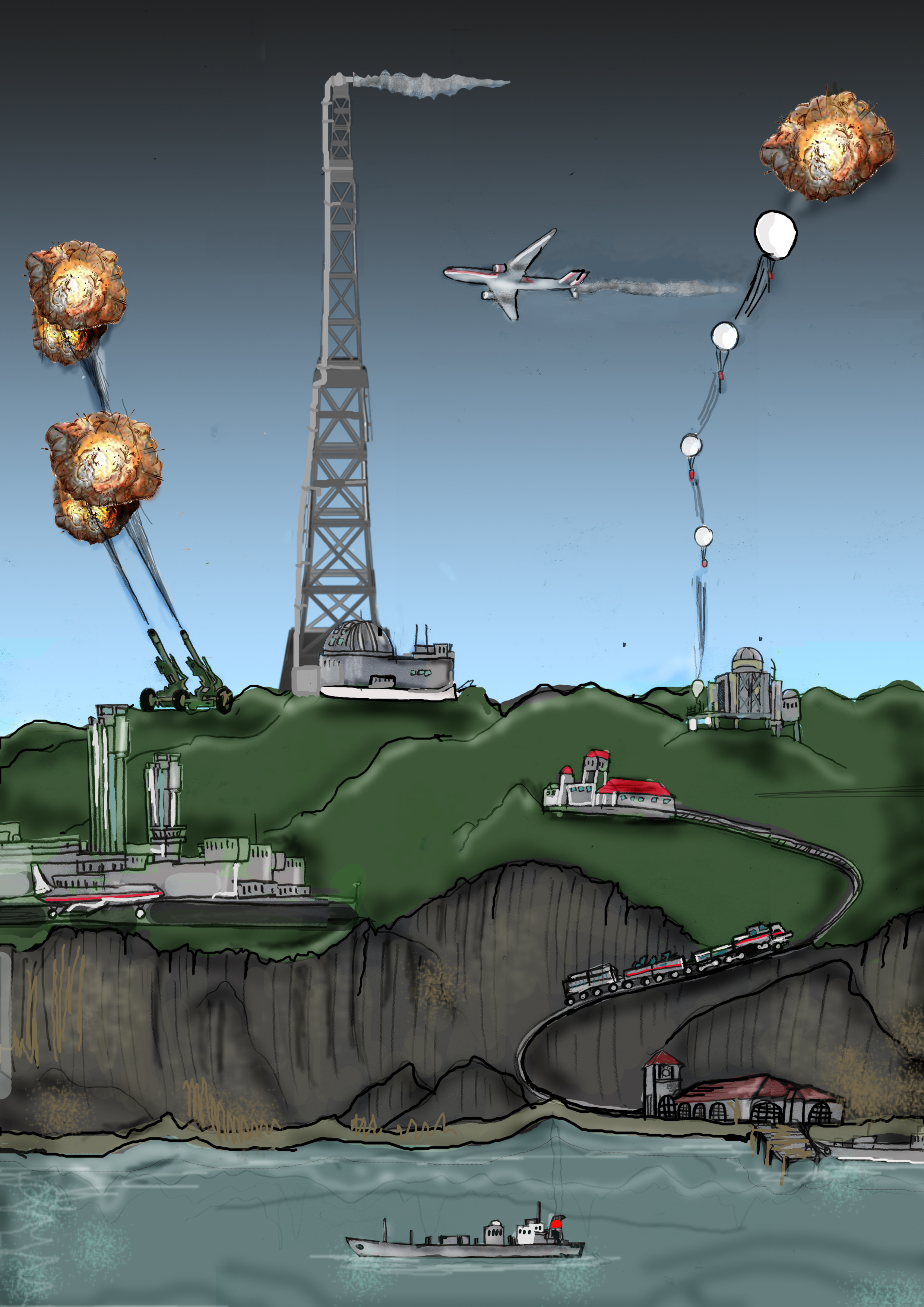Scientists from Sandia National Laboratories are studying ship tracks — clouds that reflect sunlight and are formed by moving ships, similar to contrails from planes — to help inform decision-makers of the benefits and risks of one technology being considered to slow climate change.
Tag: climate intervention

Geoengineering is Just a Partial Solution to Fight Climate Change
Could we create massive sulfuric acid clouds that limit global warming and help meet the 2015 Paris international climate goals, while reducing unintended impacts? Yes, in theory, according to a Rutgers co-authored study in the journal Earth System Dynamics. Spraying sulfur dioxide into the upper atmosphere at different locations, to form sulfuric acid clouds that block some solar radiation, could be adjusted every year to keep global warming at levels set in the Paris goals. Such technology is known as geoengineering or climate intervention.